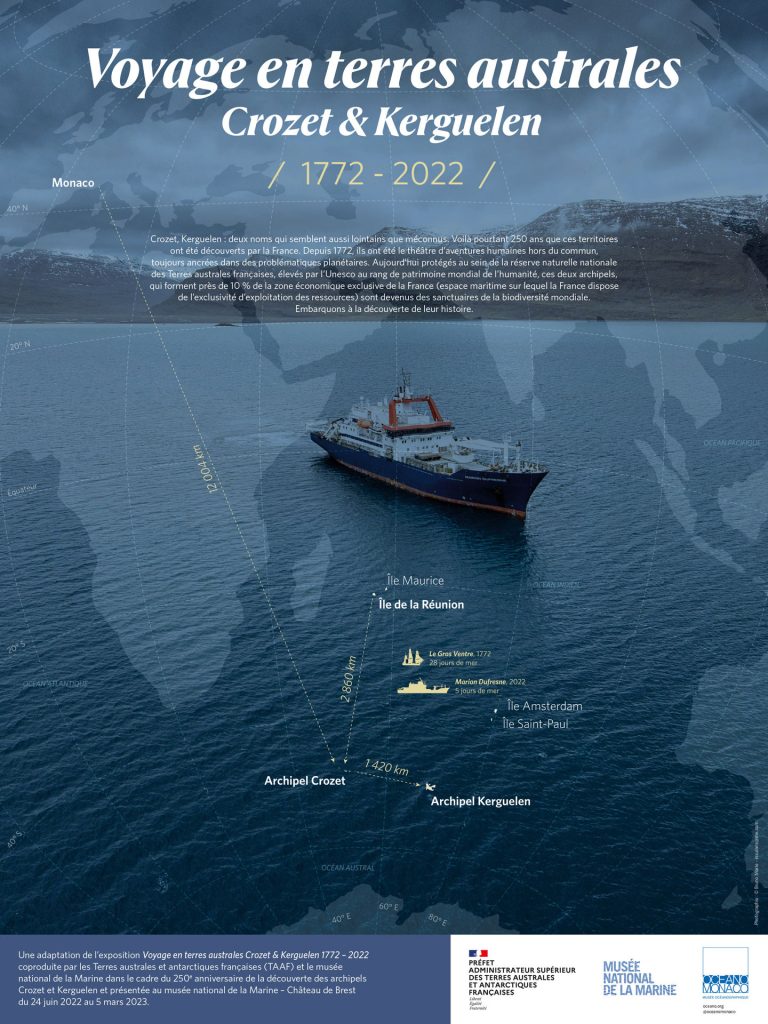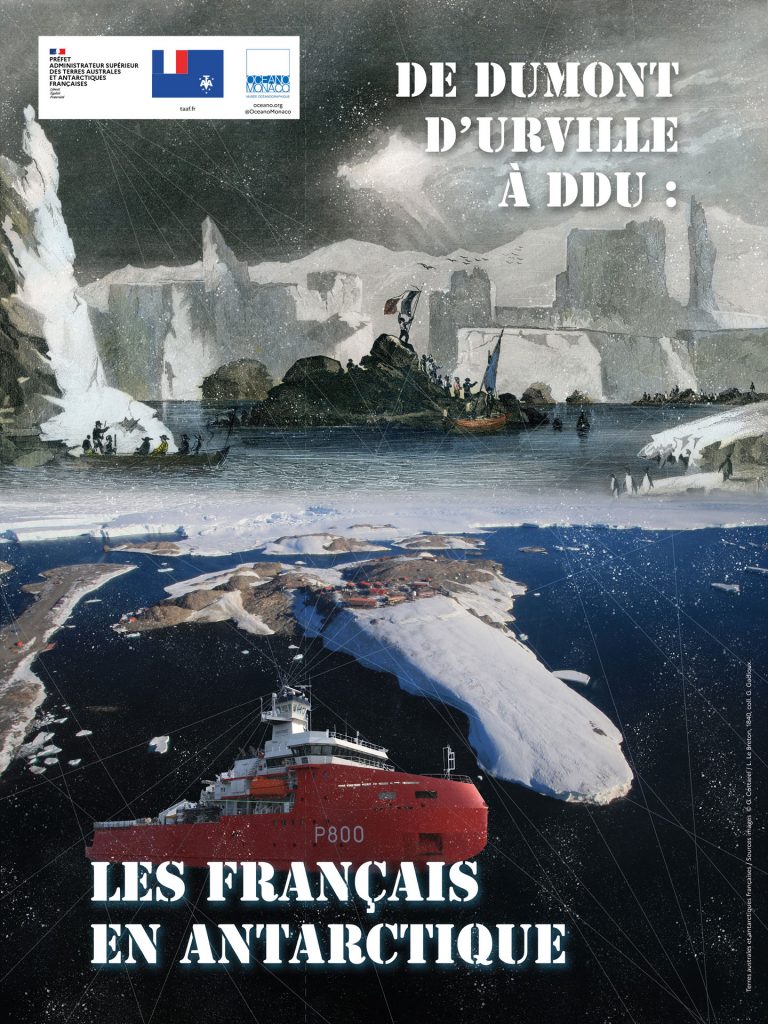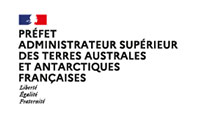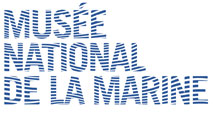EXHIBITION
the Oceanographic Museum of Monaco
- Home
- TAAF EXHIBITION : The Southern Ocean invites itself to the Oceanographic Museum
Two exhibitions to discover from 26 July to 26 September 2022, in partnership with the French Southern and Antarctic Lands
The year 2022 marks the 250th anniversary of the discovery of the Crozet and Kerguelen archipelagos by France, a few weeks apart. To mark this occasion, and as part of the polar programme supported by the Oceanographic Institute, two new temporary exhibitions will be presented simultaneously by the TAAF at the Oceanographic Museum in Monaco from 26 July to 26 September 2022: Journey to the Southern Territories – Crozet et Kerguelen 1772-2002 and From Dumont d’Urville to DDU: the French in Antarctica.


The search for the southern continent, Terra australis incognita, has kept European explorers dreaming for centuries. Crozet and Kerguelen: two names that seem as distant as they are unknown. Yet it was 250 years ago that these territories were discovered by France. Less than a century later, it was Terre Adélie that was discovered in 1840 by the French explorer Jules Dumont d’Urville. Twenty panels, combining maps, archival documents, historical and contemporary photographs, are displayed in the Conference Room of the Oceanographic Museum. Visitors embark on a journey to the heart of the historical and natural heritage of the French Southern and Antarctic Lands, and their contemporary issues.
« Journey to the Southern Territories – Crozet & Kerguelen 1772 – 2022 »
The Crozet and Kerguelen archipelagos were discovered on 22 January and 12 February 1772 respectively. Since then, they have been the scene of extraordinary human adventures, always rooted in global issues. Now protected within the French Southern Territories National Nature Reserve and elevated by UNESCO to the rank of World Heritage Site, these two archipelagos, which make up nearly 10% of France’s exclusive economic zone (the maritime area in which France has exclusive rights to exploit resources), have become sanctuaries of global biodiversity. The Kerguelen Archipelago includes a group of small islands, the Prince de Monaco Islands, located in the south-west of the archipelago and named by the explorer Raymond Rallier du Baty, around 1908, in honour of Prince Albert I. The Prince Albert Pass, located to the west of the main island of Kerguelen, was also named in honour of the “Prince Navigator”.
« From Dumont d’Urville to DDU : the French in Antarctica. »
Through a chronological tour, the visitor discovers the major stages of France’s action towards the Antarctic Circle. These include the adventures of Jules Dumont d’Urville and Jean-Baptiste Charcot, two French figures in polar exploration, and the establishment of the first permanent scientific base in Adelie Land after the Second World War. Today, French activities continue in Antarctica, a continent devoted to peace and science.
A conference for the general public on Friday 9 September at 2:30 pm
To go further, the writer and historian Bruno Fuligni will hold a conference on Friday 9 September at 2.30 pm: “Les Kerguelen, 250 years of French presence”. This will be an opportunity to delve into the different periods of the assertion of French sovereignty in the archipelago, from the quest for the southern continent to the attempts at colonisation.
More informations :
The French Southern and Antarctic Lands (TAAF) :
The TAAF are made up of five districts: the Crozet archipelago, the Kerguelen archipelago, the Saint-Paul and Amsterdam islands (these three districts make up the French Southern Territories national nature reserve, or austral districts), Adélie Land in Antarctica, and the Éparses islands. The latter, attached to the TAAF since the law of 21 February 2007, include the tropical islands of the Glorieuses archipelago, Juan de Nova, Europa and Bassas da India in the Mozambique Channel, as well as Tromelin to the north of Réunion. The exclusive economic zone (EEZ) of the TAAF, which covers 2.3 million km², i.e. more than 20% of the French maritime territory, makes France the world’s second largest maritime power. A territory without a permanent population or elected representatives, the TAAF are placed under the authority of a prefect, the senior administrator, who exercises all public action there. The senior administration is responsible for sovereignty, scientific research, biodiversity conservation and logistics. The wide range of missions, the isolation of the territories, and the maintenance of scientific activities in extreme and isolated environments require the implementation by the TAAF of a complex logistics chain, ensured in particular by their supply ship, the Marion Dufresne, and their ice-breaking polar patrol vessel, the Astrolabe.
The Crozet Archipelago
Discovered on 22 January 1772, this volcanic archipelago is made up of five main islands located in the south-western Indian Ocean. With a surface area of 352 km2, the archipelago has 574,670 km2 of waters under French jurisdiction, and is home to Mont Lesquin, the highest cliff in the world, at 1,012 metres. On the island of La Possession is the Alfred-Faure base.
The Kerguelen Archipelago
This volcanic archipelago located in the south of the Indian Ocean, discovered on 12 February 1772, is composed of a main island and more than 300 satellite islets. With a surface area of 7,215 km2, it is the third largest French island. It is home to the Cook Glacier, the largest glacier in France. The 567,212 km2 surrounding the archipelago are underunder French jurisdiction. The Port-aux-Français base is located on the island of Grande Terre.
Bruno Fuligni, writer, historian, lecturer at Sciences Po, is the author of thirty books including Tour du monde des terres françaises oubliées (Editions du Trésor) and L’argot des manchots, petit lexique en usage dans les Terres australes et antarctiques françaises (Hémisphères).









